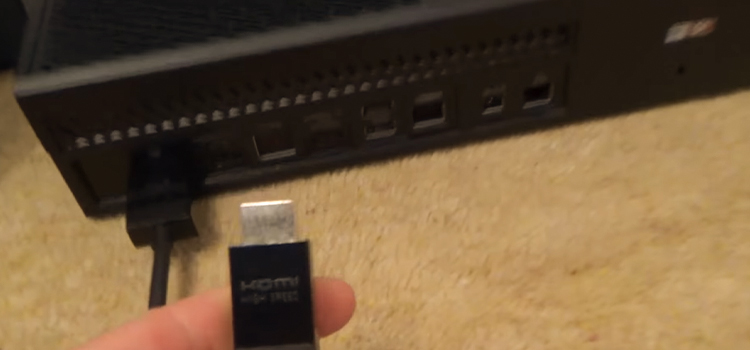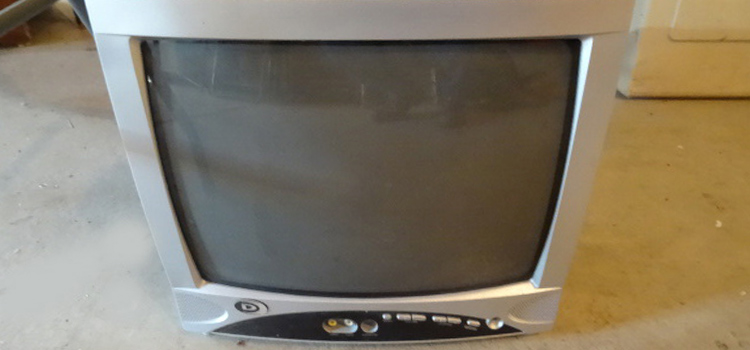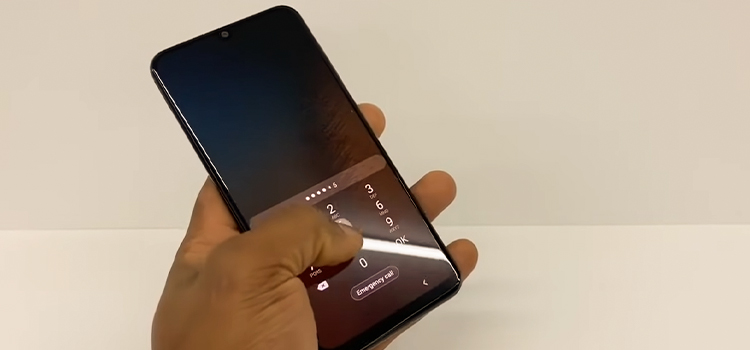Braided vs Non-Braided Cable | Which One Is Special?
When it comes to cables, there are two standard options available in the market. One is braided and the other is non-braided or ordinary cables. Braided cables are covered with multiple strands of materials to protect the cable from normal wear and tear.
Non-braided ones, on the other hand, have smooth surfaces, generally covered in rubber or plastic. This makes them more prone to damage over time. however, this doesn’t make them a bad choice automatically. in fact, in many cases, non-braided cables can serve you better than their braided counterparts.

What Are Braided and Non-Braided Cables?
If you want to know the difference between these two cables, first you need to know about them. Here are the details about them.
Braided Cables
- Braided cables are basically covered with various braided sheaths.
- It’s constructed from several protective fabric strands that are knitted together.
- The strands consist of separately reserved wires.
- The cables’ strength is increased by the braiding. It helps to prevent the cables from long-term damage.

Non Braided Cables
Here are the typical characteristics of non-braided cables.
- Non-braided cables don’t have any braiding design.
- The sheath is so sleek and has proper elasticity.
- The cables are either lighter or slenderer than the braided ones.
- Has less durability than the braided cable.
Here’s a difference chart between these two:
| Braided | Non-Braided | |
| Longevity | Longer | Shorter |
| Bend Protection | Present | Not present |
| Voltage Protection | Present | Not present |
| Interference Protection | Present | Not present |
| Waterproofing | Present | Not present |
| Price | Higher | Lower |

Are Braided Cables Better Than Non-Braided?
It can cross your mind to wonder what makes the braided cable different from the non-braided cable, which likewise has a protective cover around its wires.
Most of the users share their opinion that the braided cable seems more impressive than the non-braided cables as it’s quite viable and the braided texture feels soothing while touching.
On the contrary, the non-braided cables feel less viable due to their slender appearance.
The braided cables have a three-layer construction that makes them waterproof and shockproof. A central copper wire runs through the middle of the cable and a metal covering surrounds it to shield it from external effects.
Thus, in a long run, even if the cable gets too much stress, that’ll be only to the outer layer. Moreover, it can withstand bends and strains better than non-braided cables.
The non-braided cables have only one protective layer around them, making them vulnerable. Its damage might extend over its whole length, causing it to lose connection or inactive.
So, overall braided ones prove to be better cables than non-braided ones.
What Are the Advantages of Braided Cables?
There are many advantages of braided cables. Here are some notable ones –
1. Pleasant Style
It has so many color varieties that make it look more elegant. Such as solid colors, outlined patterns, blended designs, etc. The braid’s smooth interior surface offers long-lasting resistance to abrasion, making the wires more durable.
In some instances, style does matter more than the utility. Most people like selecting the colors and designs of their cable depending on personal tastes. Braided cables can be used as decorations to improve aesthetics.
2. Quality Covering
Braided cables have the best quality covering that ensures protection from water, shock, electromagnetic interference, etc. It’s viable, long-lasting, and also aesthetic.
3. Power Surge Protection
Electrical conductivity is further protected by the braid that encircles the interior wires.
If a severe surge in your electrical system’s current does occur and reach your cable, the braid will significantly lessen the damage and absorb most of it.
4. Cost Cutting
Even though braided cable products are expensive, the cost looks fair when compared to other items that have comparable qualities but are more expensive. Having these cables prevents the need to replace ripped or damaged wires, and saves money.
What Are the Disadvantages of Braided Cable?
Even though braided cables are made to be resilient and rigid, there are situations when the amount of bend required results in kinking or breaking.
This implies that it will take more time and effort to route them around. Some people also think that some braided cables’ additional thickness is a drawback.
Braided vs Non-Braided Cable: Which One Is Ideal for You?
As you’ve come this far, you can easily understand that between braided and non-braided cables, braided is the best in a long run.
Now it totally depends on you whether you buy non-braided to save some cost or buy braided for long-term use regardless of cost. If you ask for our suggestion, then you should go for the braided cables.
Frequently Asked Questions (FAQs)
Is braided cable better?
Yes, a braided cable is better than a non-braided cable. The braided cable has three-layer protection which makes it so much strong and more enduring, while the non-braided cable has just one layer for protection.
Are braided cables better than rubber?
Braided wires are stronger than rubbery wires, as the sheath isn’t soft, nor brittle like rubber. Rather it reduces the possibility of twisting. It is very useful for any user. So, yes it’s better.
Are braided HDMI cables worth it?
Braided HDMI cables are very durable and last longer than other varieties. They help transfer video signals to video devices very smoothly, and also resist twisting effectively.
Conclusion
The distinctions between braided and non-braided cables should now be clear to you. Hopefully, the information in this post will help you decide which kind of cable you need.
Buy the braided ones if you want something that will last for a long period. But if you want something that is simple to handle, then choose the non-braided.
Subscribe to our newsletter
& plug into
the world of technology





